Author: Turbocharged Little Fatty
In recent years, the market for six-seater SUVs in China has suddenly surged. With the opening up of the two-child and three-child policy, MPVs and large-sized SUVs are gradually becoming the ace products in the hands of automakers.
In terms of passenger space, intelligent cockpit, intelligent driving, performance, and power endurance, every product seems to strive to become an “all-round player”.
So why have the once unpopular six-seater SUVs formed such a pattern?
One of the origins of the problem: Six seats
In the past, there was such a concept of car purchase: choose 5 seats for a small number of people, and choose 7 seats for a large number of people, with 7 seats being more flexible than 5 seats.
So what about the 6-seater car that is caught in the gap between 5 and 7? Indeed, most SUVs on the market only offered 5 or 7 seats, and consumers could only choose between the two. But with some brands starting to introduce 6-seater SUVs, everything seems to have changed.
The seat layout of most 7-seater SUVs is in a 2+3+2 form, but due to the limitations of the vehicle structure, it is difficult to achieve 1+1+1=3 in the 3-seater, and the best product experience is only 1+1+1=2.5.
Therefore, the 3-seater basically became a state where it is a bit crowded for three people and relatively ample for two people. Therefore, the 7-seater car in actual sense has become a 6-seater car in actual experience.
Compared to the 2+3+2 layout of 7-seater SUVs, the advantages of the 2+2+2 layout of 6-seater SUVs will be reflected in the second and third rows. After the second row becomes two independent seats, they can have independent seat armrests and lateral space. Passengers can enter and exit the third row through the central aisle, making it a bit more convenient for boarding and alighting.The third-row passengers have a central aisle that serves as an extension, providing a more comfortable seating position. It’s like a 7-seater SUV, which blocks a wall from you, and now a 6-seater SUV, which has left you a door.
At the same time, the 6-seater model is also suitable for the needs of second-child families and can accommodate two elderly people with a family of four.
In fact, there is not much difference in interior space between 7-seater and 6-seater cars. The bigger difference lies in the actual experience and usage scenarios.
To summarize the performance of 6-seater and 7-seater cars: one more seat “actually” amounts to one less seat, and one more seat “is not as good as” one less seat.
But the origin of the problem is not just whether 6-seater or 7-seater is more practical or more convenient, but the usage scenarios behind the seat layout.
Yes, it is family travel. Most of the users who purchase 6-seater and 7-seater cars are considering family travel, but they are unwilling to buy an MPV that looks “greasy”.
Just the beginning
If we talk about the 6-seater car with considerable sales and influence, people may think of the Ideal ONE.
So let’s analyze what the Ideal ONE has to offer, which makes so many consumers willing to pay for it:
- Large space for six seats, but the third row is just sufficient;
- Extended-range electric platform that can run on both oil and electricity, with the driving feel of an electric car and the efficiency of a gasoline car;
- A set of usable intelligent cockpit, and a set of intelligent driving system that supports high-speed navigation assistance;
- The driving experience is passable, but not outstanding.
But what is the key point? This car gives consumers what they need and want.
Moreover, as a mid-to-large size SUV, the initial price was set at around RMB 330,000, and the current price has not exceeded RMB 350,000.In the price range of 300,000 to 400,000, most medium and large-sized SUVs are fuel-powered vehicles from joint venture brands. There is a significant gap between their product strength and that of the ideal ONE, and the only thing that may surpass the ideal is the accumulated brand influence.
From the ideal ONE, we can see the demands of Chinese six-seater SUV users for family SUVs: flexible and sufficient space is the foundation, power and driving performance are hard indicators, and intelligent cabins and driving assistance systems are bonus points.
In other words: what we once couldn’t get from joint venture brands, we now want everything.
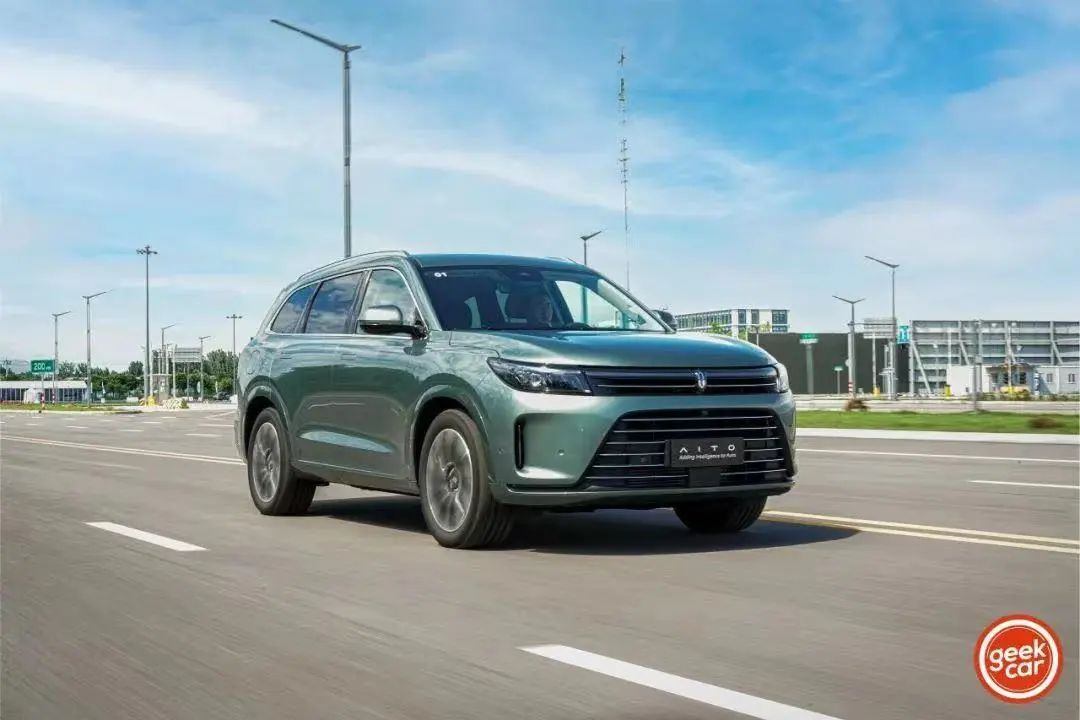
With the success of the ideal ONE, more and more domestic brands have begun to launch new products, such as the AITO AITO M7, the Lynk & Co 09 PHEV, and others, all of which have the strength to compete with the ideal ONE.
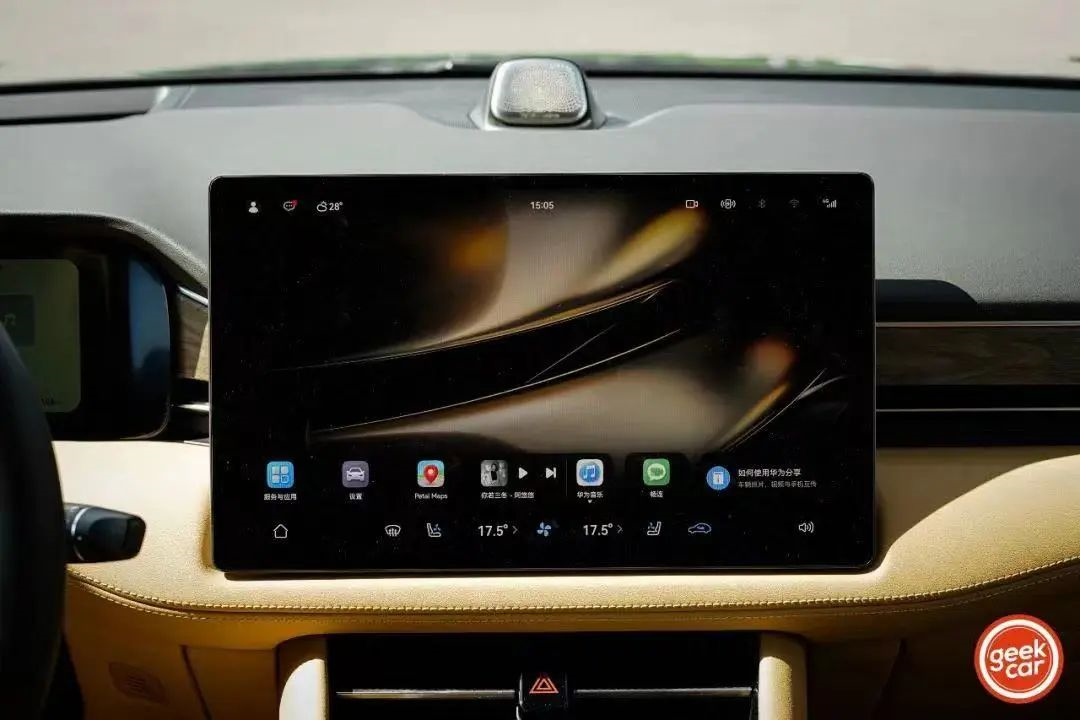
Especially the AITO AITO M7, with Huawei’s HarmonyOS car system, zero-gravity seats defining the scenarios, and comfortable driving experience, has a perfect fit with the ideal ONE.
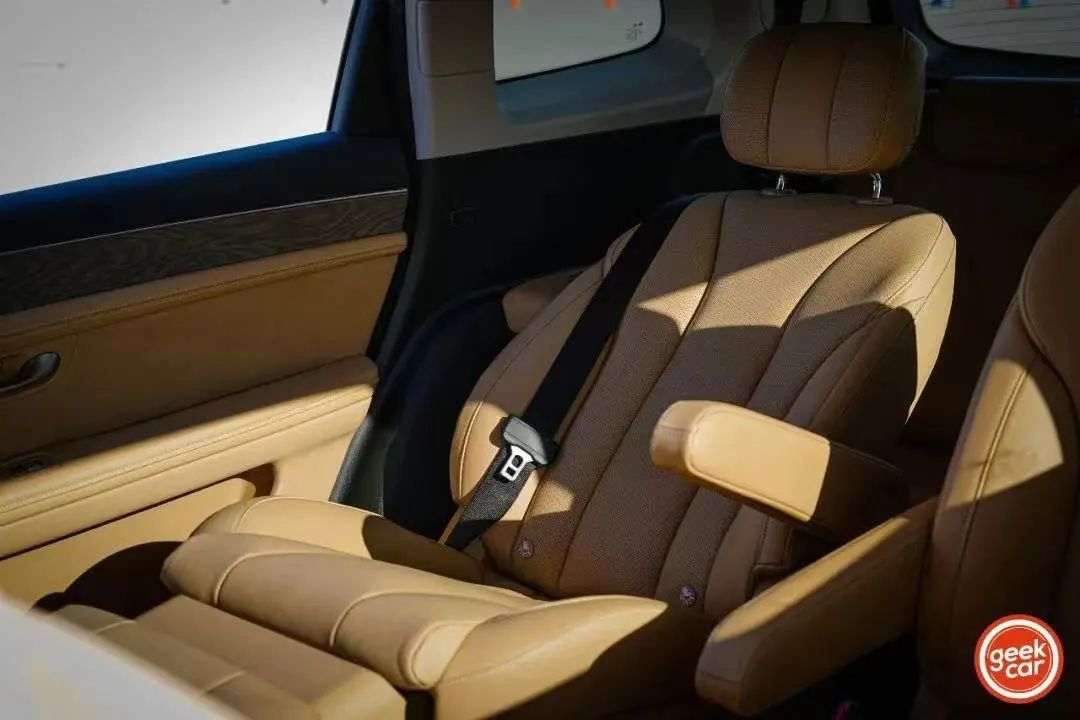
But in this circle of internal competition: if others want to compete with me, then I will compete with myself.
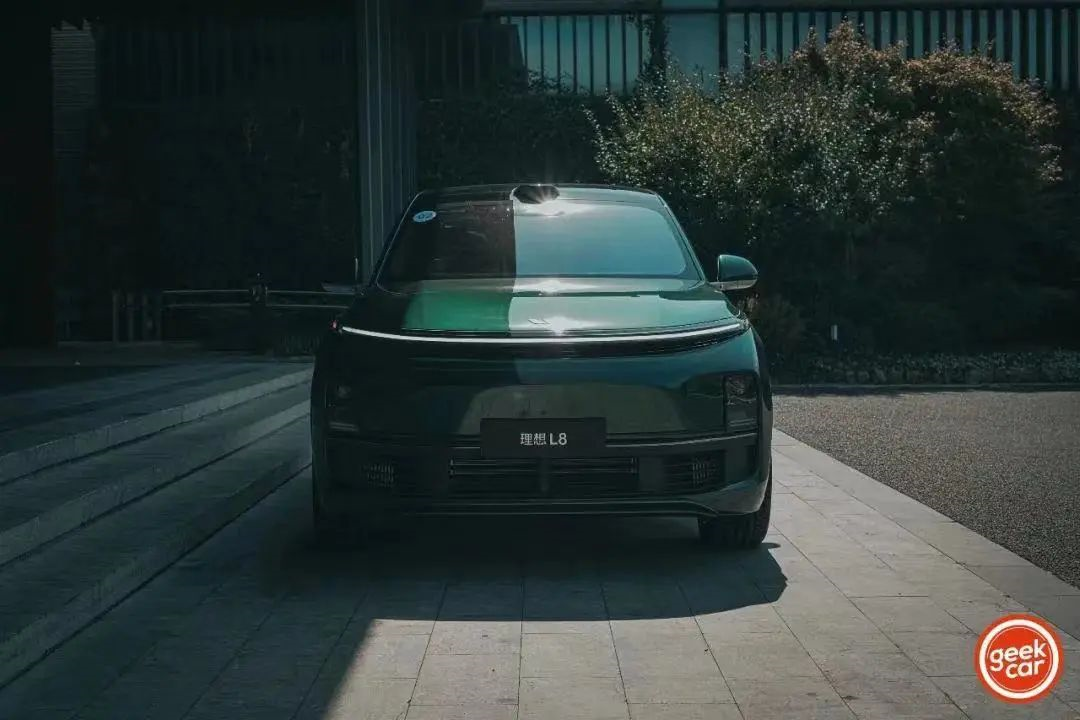
Therefore, the successor of the ideal ONE, the ideal L8, has emerged, raising the product strength of space, energy efficiency, driving experience, power, intelligent cabin, and driving assistance to a higher level, and once again widening the gap between itself and its competitors.
Six seats are just surface-level demands
-
Users say, “I want six seats”, and auto manufacturers say, “I will make six seats”;
-
Users say, “I want to use the car in this scenario”, and auto manufacturers say, “I will define the scenario for you”;
-
Users say, “…” and auto manufacturers say, “Stop talking, I will give you the sky.”
The birth of a new model is a question-and-answer process like this. And here, “users” can refer to the actual users’ demands, or the imagined user demands of the product manager.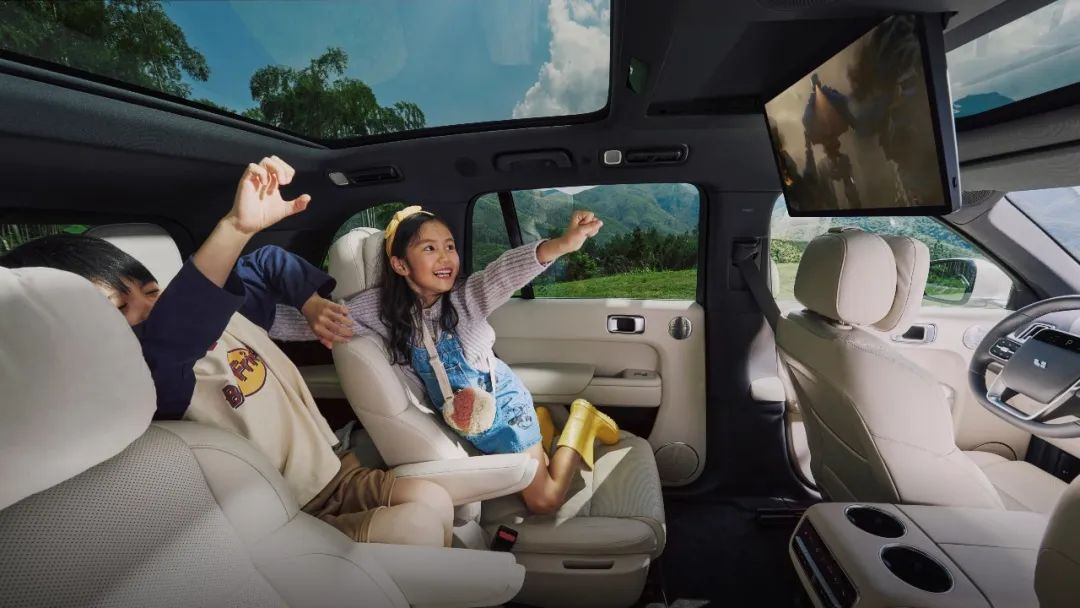
Different cultures and lifestyles in different countries create different consumer demands, and this is also true for cars. The special requirements of the Chinese market cannot be fully met by many global brands, which is where domestic brands have their unique advantages: Chinese people understand the Chinese market better.
After understanding the demands of the Chinese market, it is necessary to define the scenarios, and how to define the product has become a required course for today’s automotive companies.

What exactly is a family SUV? Is it just a car that the whole family can travel in? In fact, this is just superficial. If passenger space is only the core product strength, then any brand can easily create a family SUV.
Even though many brands have already launched 6-seater models, there are still many consumers who are not impressed, because larger space, flexibility, and usability are just one of the demands of Chinese consumers.
The Arrival of Full Product Power Internal Competition
There are not many products currently in internal competition, but based on these few models, more and more brands are attracted to join in the “battle,” not only for large 6-seaters, nor only for SUVs.
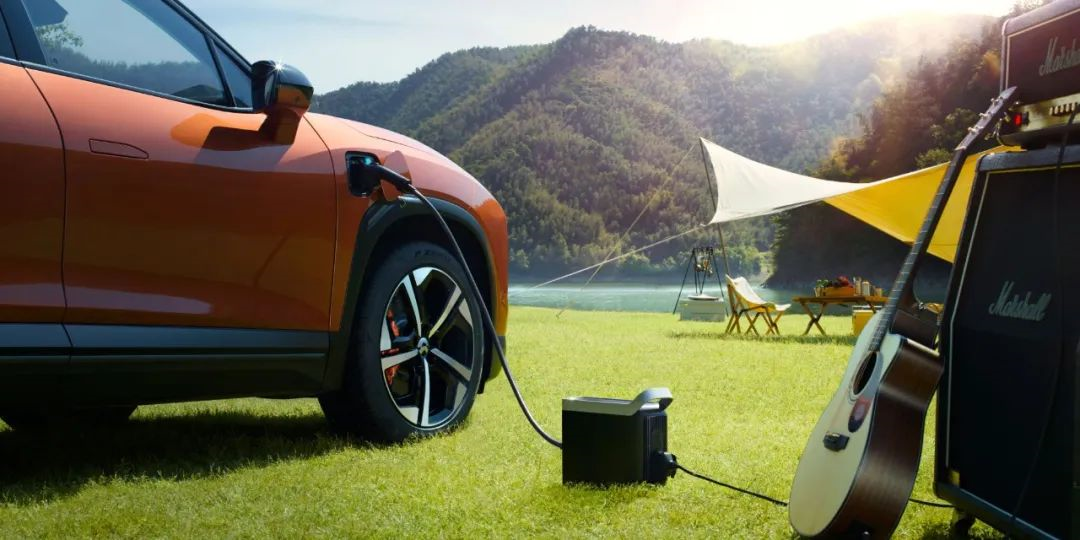
Now more and more products are included in the “crazy” competition of scenario definition, audio systems, driving performance, intelligent cockpit, intelligent driving, and so on. Among them, the most lively is “Xiaoli Wei”:
-
NIO ES7: While others emphasize family travel, I emphasize camping trips;
-
Xpeng G9: Sound power breaks the kilowatt limit, so I’m going for a 5D cabin;
-
Ideal L8: Taking care of the whole family’s travel, I added a rear entertainment screen.

In addition, from the intelligent driving platform to laser radar, from the intelligent cockpit chip to human-machine interaction, from interior and exterior design to functional scenarios…but more importantly, accurately covering the market and fully meeting the needs and desires of consumers has become the core of the success of internal competition.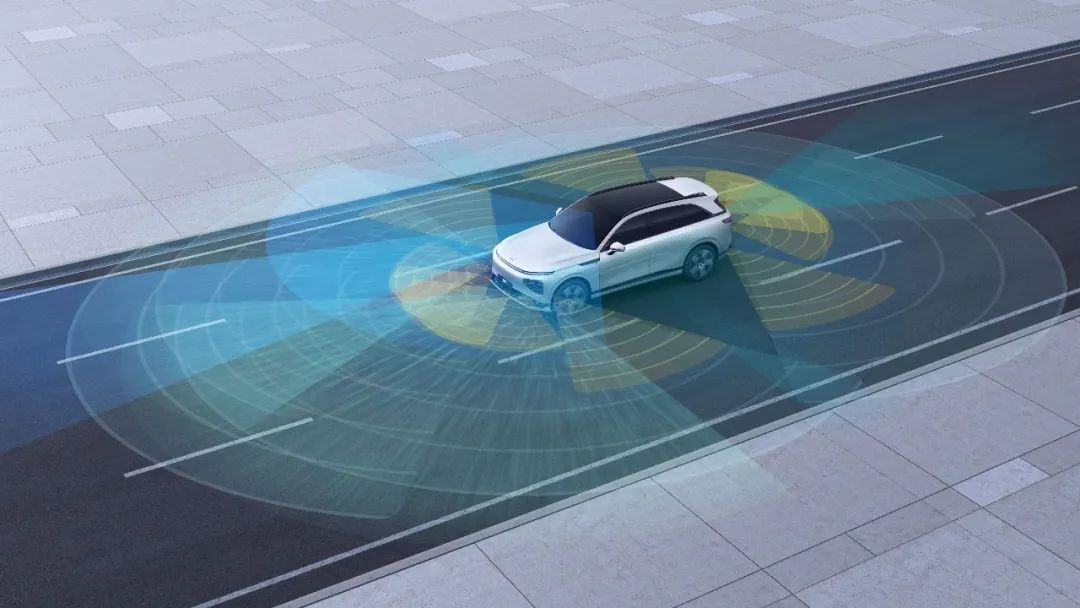
Now, some brands have suddenly realized and started to create their own “all-round models.” In the future, there may be more and more products participating in the “internal circulation.”
Final Thoughts
When the domestic automobile market entered an infinite internal circulation, the biggest beneficiary was, of course, the consumer.
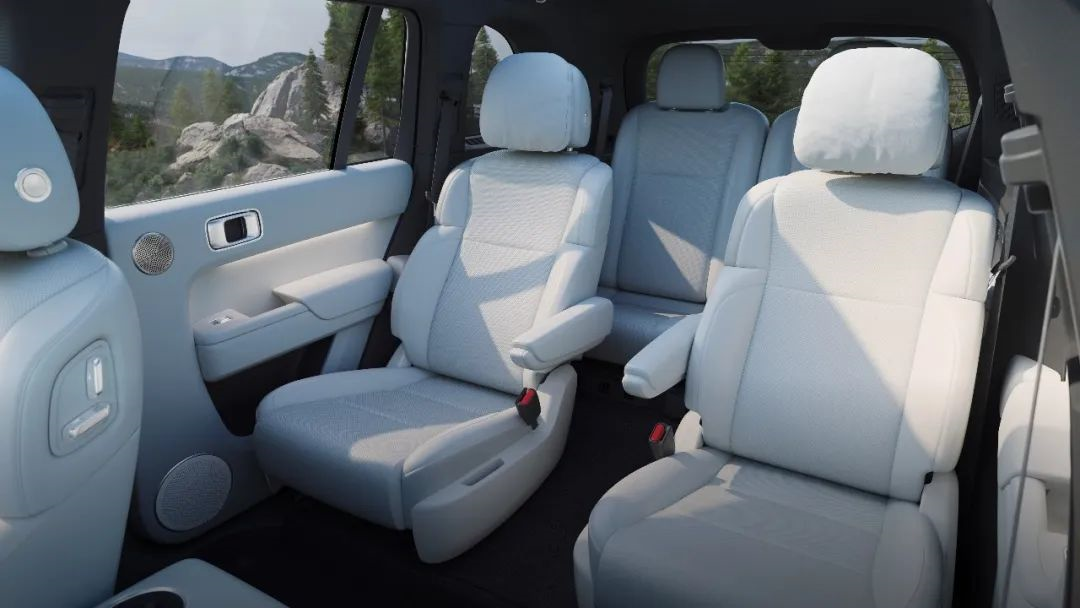
In the Chinese market, many families can only afford one car. Because this “quota” is so precious, consumers hope to buy a versatile car within their budget, i.e. “spend small money, do big things.”
As automobile products are increasingly in the internal circulation, the improvement of product power is more significant.

Features that only appeared on high-end car models in the past, like air suspension and high-power, multi-speaker audio systems, even better power performance than larger displacement engines or smarter cabins and intelligent driving functions, have now appeared on cars that we can afford and touch, thanks to internal circulation.
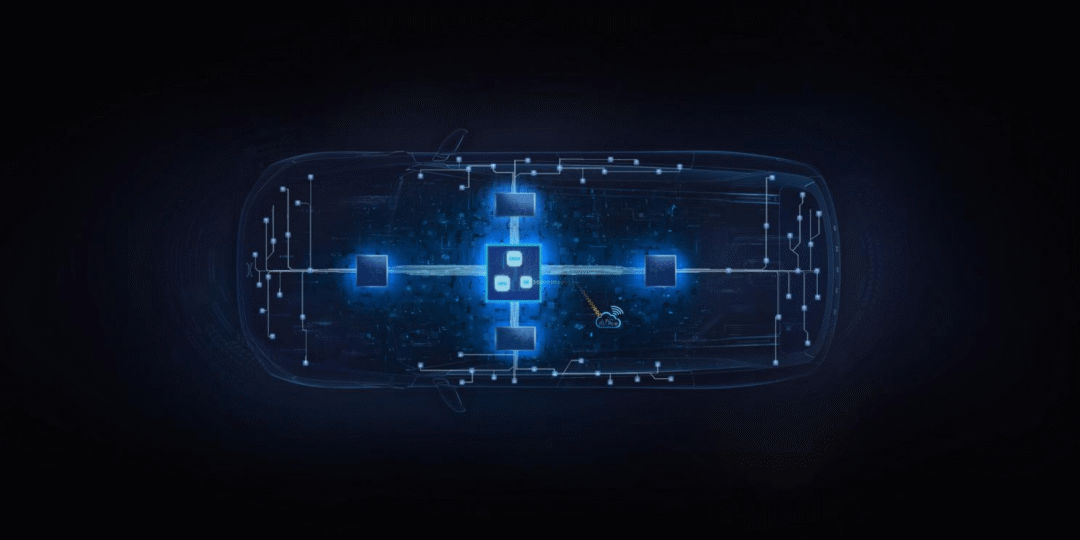
In short, it’s like “The Swallow that flits before the Wang’s Hall is just an ordinary bird when it enters our’ ordinary’ house.”
When I discussed this with a friend, he pointed out that internal circulation is severe, but there are only a few good cars.
This article is a translation by ChatGPT of a Chinese report from 42HOW. If you have any questions about it, please email bd@42how.com.
